
Art Journaling Techniques
Art journaling is a creative outlet that combines visual artistry with written expression, allowing individuals to tell their stories, explore their feelings, and document personal journeys. Through an art journal, you can experiment freely with color, texture, and imagery without any rules or expectations. This unique form blends painting, drawing, collage, and mixed media with words, making it accessible and deeply individual. Whether you are new to art journaling or looking to deepen your practice, mastering a range of techniques can invigorate your pages and ignite your imagination.
Exploring Mixed Media Layers
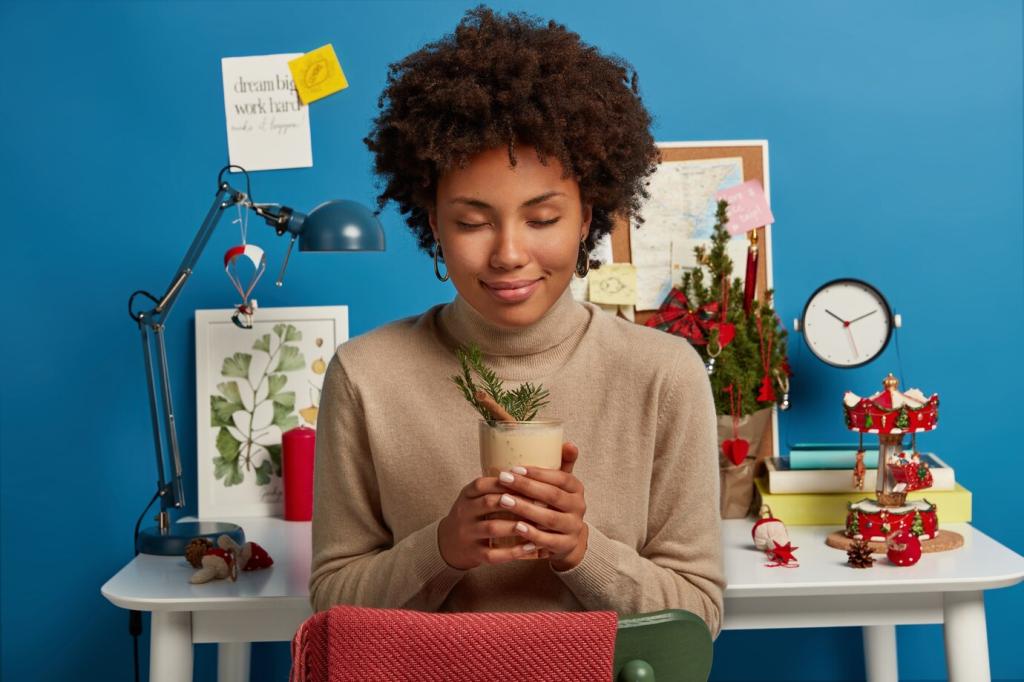
Using diluted acrylics as an initial wash sets a vibrant or moody tone for the page. The fluid nature of a wash allows it to seep into the paper, creating delicate backgrounds and gradients. As acrylic dries rapidly, it makes a wonderful base for adding new layers. Attempt mixing colors, letting them bleed or merge organically before drying, or dab excess paint away with a paper towel for interesting effects. This foundational layer can inspire the direction of your entire composition and provides a level of cohesion no matter what you add on top.
Drawing and Sketching Approaches
Gestural sketches are rapid, expressive drawings that capture the essence of a subject in just a few strokes. Practicing quick sketches in your journal helps loosen your hand and encourages fearless mark-making. Shift your focus from accuracy to movement, conveying action and emotion rather than detail. Use soft pencils, charcoal, or brush pens to make bold, energetic lines. These spontaneous drawings often become central focal points or vibrant accents within your art journal spread.
Contour drawing, where you follow the outline of an object without lifting your pen (or looking at your paper!), is a mindful technique that emphasizes observation over outcome. This form of drawing enhances hand-eye coordination and helps you perceive subjects more deeply. As a journaling exercise, contour drawing invites you to slow down and become truly present in the act of creation. Even imperfect results add character to your journal, showcasing process over perfection.
Colored pencils offer control and versatility for adding drawings to your journal. They’re perfect for both intricate illustrations and subtle shading. Blend colors to achieve depth or layer them over painted backgrounds to bring attention to specific elements. Colored pencils can both complement and contrast with wet media, offering crisp lines or soft transitions. Whether you are rendering botanicals, objects, or abstract motifs, colored pencil illustration can become a dynamic tool in your journaling arsenal.
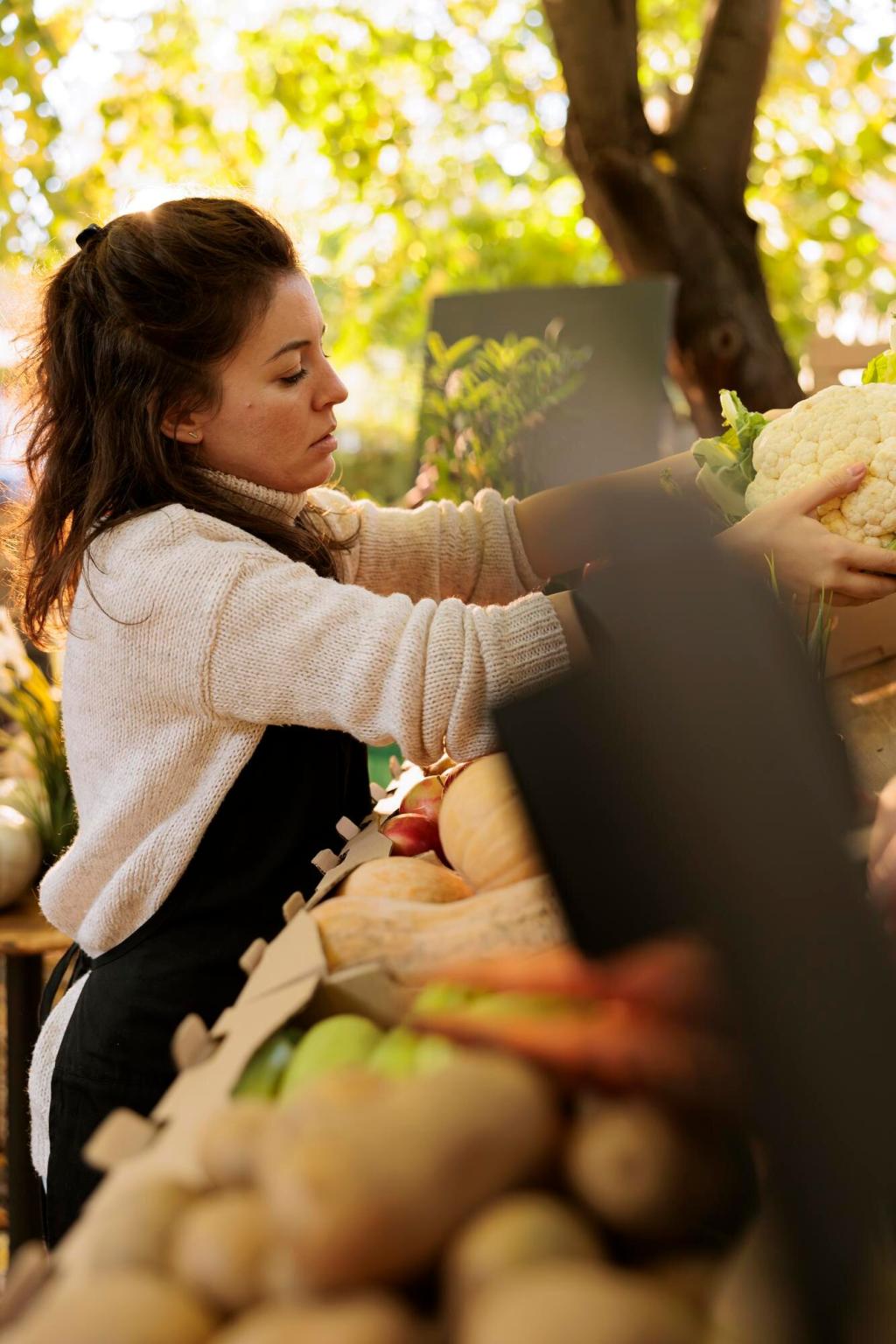
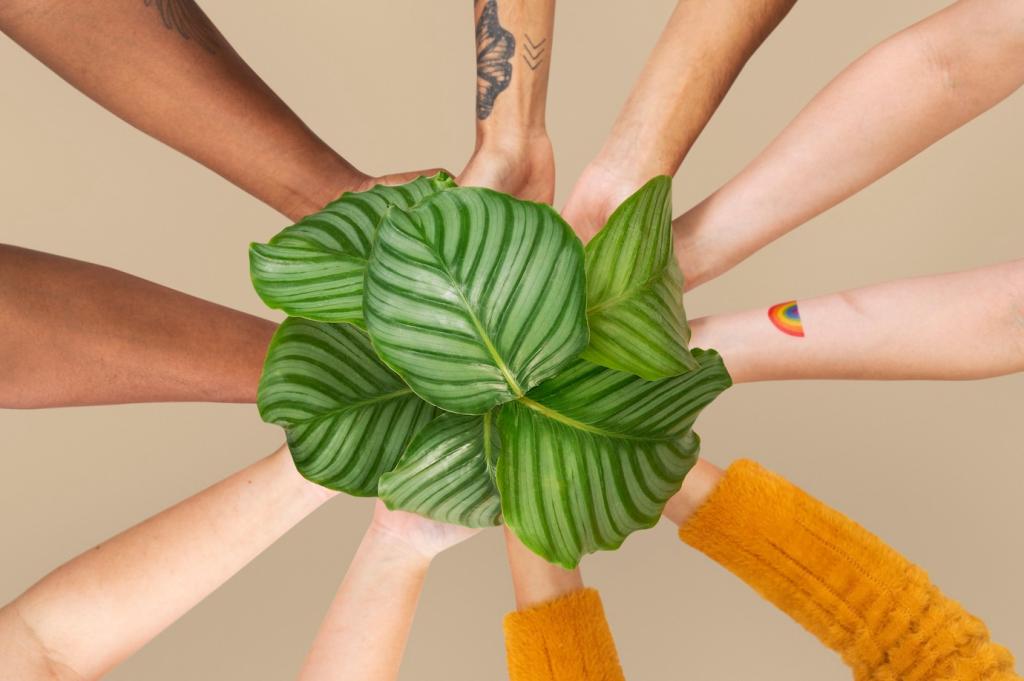
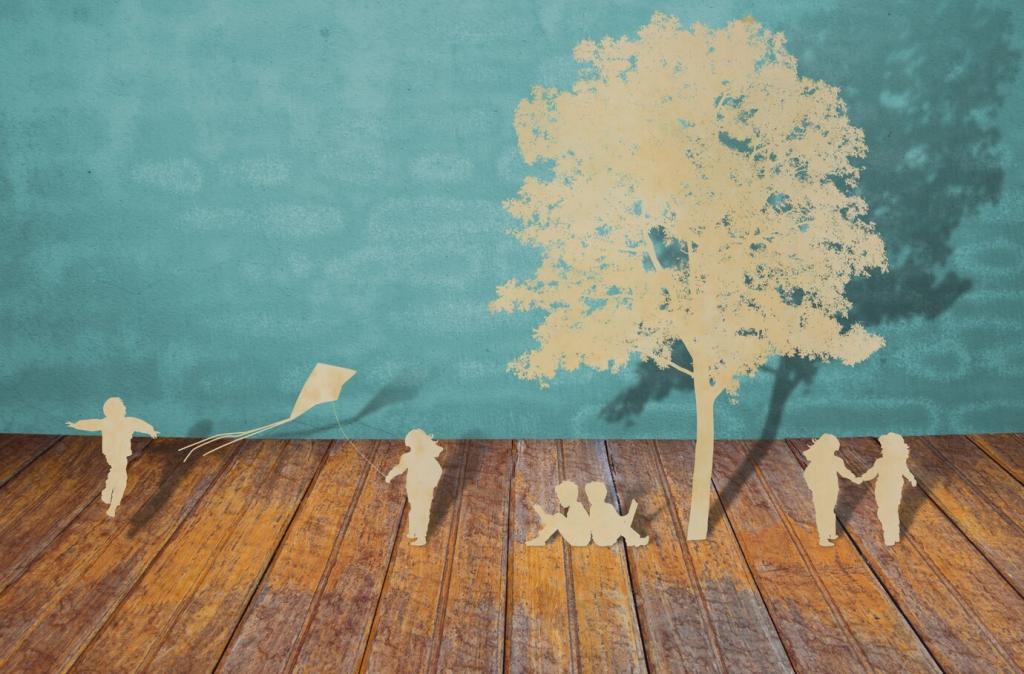
Carving and Using Custom Stamps
Creating your own stamps from materials like linoleum or soft carving blocks is both satisfying and empowering. Custom stamps imbue your pages with truly original patterns and icons. Carve basic shapes or intricate designs based on the journal’s theme, then experiment with ink colors and layering. Hand-stamped images can be rhythmic borders, repeating backgrounds, or focal illustrations. The tactile process of carving and printing connects you more deeply with your material and artistic intention.

Stenciling with Spray and Paint
Stencils lend themselves to bold, repeatable patterns and images. Spraying ink or paint through stencils offers dramatic and quick results, especially for backgrounds or focal shapes. Handmade or commercial stencils can both offer different levels of complexity. Use light sprays for soft, ghostly effects, or heavier applications for graphic impact. Mixing stenciled elements with freehand marks and other media allows for unique blends of precision and spontaneity.

Layering Stamps and Stencils for Texture
Combining stamps and stencils within the same spread enhances depth and tactile quality. Use transparent inks or paints to layer multiple patterns and let textures overlap organically. Experiment with varying the opacity and placement to create visual interest. You can also stamp over stenciled areas or vice versa, playing with positive and negative space. This intermingling of tools enables you to develop intricate, dynamic surfaces that invite further exploration.
Artful Use of Color
Selecting a deliberate palette for each spread unifies your art journal and reinforces your narrative. Start by choosing a main color and a few complementary shades, drawing inspiration from photographs, nature, or personal preference. Limiting your palette can foster creativity, pushing you to explore tones and tints. Gradually layer colors and deliberately repeat them across elements to create harmony. This practice enhances visual cohesion and meaningful storytelling within your art journal.
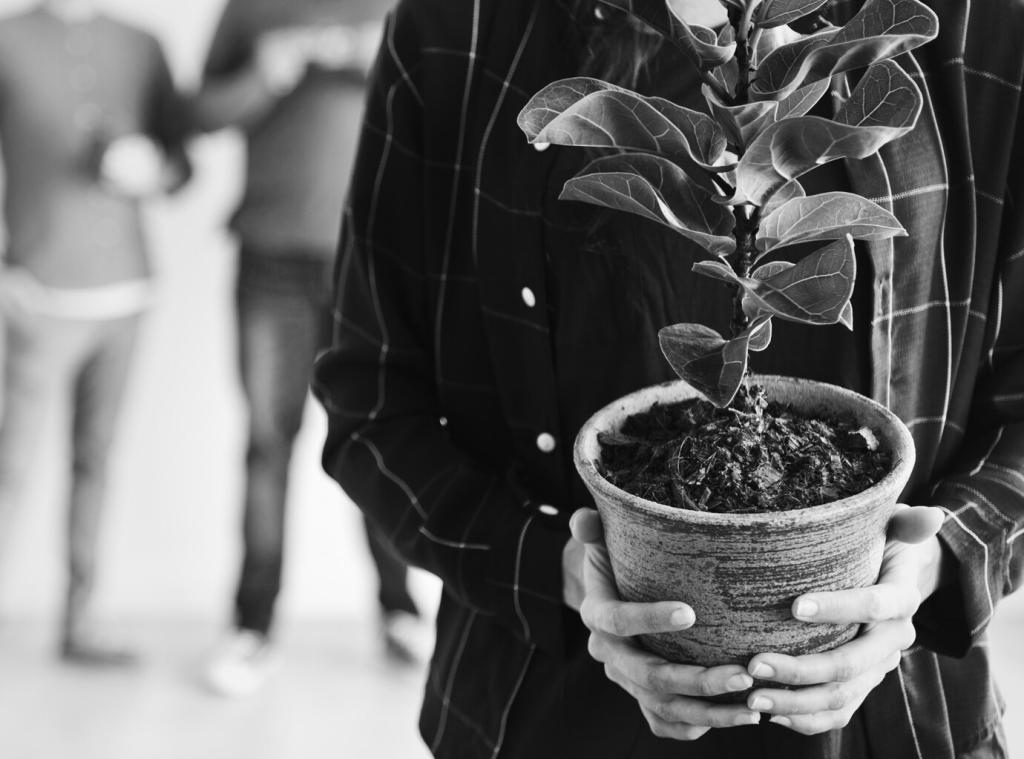
Adding Texture and Dimension
Incorporating materials like modeling paste, fabric, or heavy gel medium allows you to build up the surface of your pages. Sculpted details or textured patterns can be painted over, highlighted with metallics, or left raw for dramatic effect. Experiment with palette knives, brushes, or found objects to create impressions or ridges. Raised elements create shadow and invite interaction, making your journal come alive as a sculptural object as well as a visual story.
Incorporating Imagery and Photographs
Photo transfer techniques allow you to embed photographic images directly into the fiber of your journal pages. By using transfer mediums, gel, or simple packing tape methods, you can add transparent, ghostly, or distressed photograph layers to your backgrounds. Once transferred, photos can be altered further: paint over them, add doodles, or incorporate text for a mixed-media effect. Playing with image clarity and placement gives your journal both realism and mystery, invoking curiosity about the story beneath each image.
